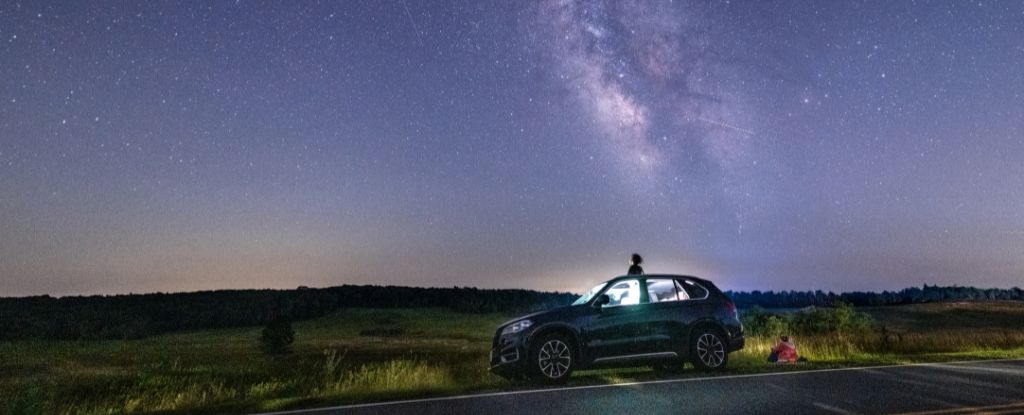
October presents a remarkable opportunity for stargazers, featuring two prominent meteor showers: the Draconids and the Orionids. These celestial events promise to light up the night sky, offering a chance to witness nature’s beauty.
Draconids Meteor Shower Peaks on October 8
The first event, the Draconids meteor shower, occurs between October 6 and 10, 2023. Best viewed from the Northern Hemisphere, this shower peaks at 19:00 UTC on October 8. During this time, meteors will appear to emanate from the constellation Draco, notable for its dragon-like shape.
Despite the potential for visibility, conditions may challenge observers this year. A waning gibbous moon will illuminate the sky, making it harder to spot the meteors. Nonetheless, there have been exceptional instances when hundreds of meteors were visible in a single hour. To enhance viewing experiences, enthusiasts are advised to find locations away from city lights and shield their eyes from the moonlight.
Orionids Meteor Shower Expected on October 21
Following the Draconids, the Orionids meteor shower will peak on October 21, 2023, with an expected rate of up to 20 meteors per hour. Recognized by NASA as “one of the most beautiful showers of the year,” the Orionids are remnants of Halley’s Comet, visible as Earth passes through the comet’s debris trail.
The Orionids shower runs from September 26 to November 22, providing multiple opportunities to view this spectacle. However, the optimal time to catch these meteors is during the darkest hours of the night. Observers are encouraged to escape urban light pollution for the best results, particularly on the peak night when the sky will be moonless from around 00:00 UTC.
For those in the Northern Hemisphere, the meteors will likely appear near the Orion constellation, while Southern Hemisphere observers should look towards the northeast. Under ideal viewing conditions, stargazers may also witness glowing ‘trains’ and bright fireballs that the Orionids are known for.
As October unfolds, the sky becomes a canvas for these extraordinary meteor showers, inviting everyone to step outside and enjoy the wonders above. Happy stargazing!






